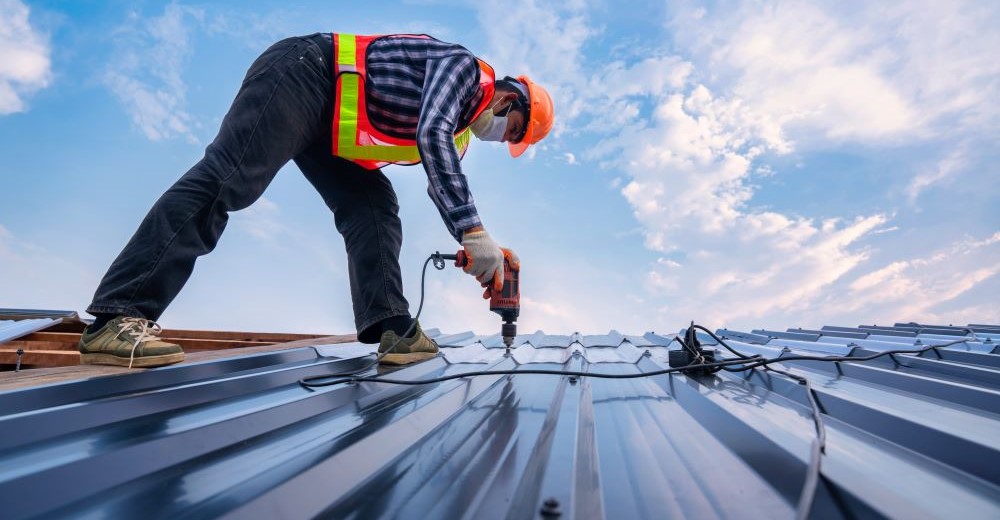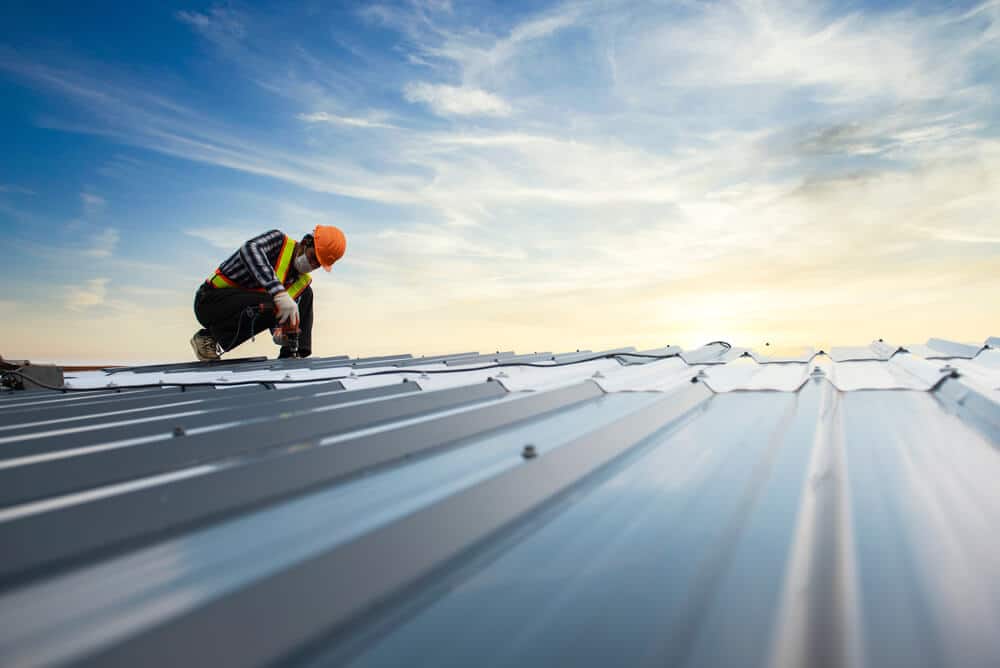Trusted Professionals Offering Quality Operate At Northeast Ohio Roofing Contractors
Trusted Professionals Offering Quality Operate At Northeast Ohio Roofing Contractors
Blog Article
A Comprehensive Overview to the Installment Process of a Skylight Roof
The installation of a skylight roofing system is a complex procedure that requires meticulous planning and implementation to guarantee optimum efficiency and visual allure. This guide will detail the critical steps included, from choosing the proper skylight type to the necessary devices and products needed for an effective installment. Recognizing the subtleties of architectural honesty and waterproofing is extremely important, as these factors directly influence the longevity of your skylight. As we check out each phase, it comes to be clear that attention to information is not just advantageous but essential for achieving a seamless integration of all-natural light right into your room.

Understanding Skylight Kinds
When considering a skylight installation, it is necessary to understand the different kinds available, each developed to meet various visual and useful requirements. The most typical sorts of skylights include dealt with, vented, tubular, and operable models.
Set skylights are non-opening devices that offer largely to give all-natural light and boost indoor areas. Northeast Ohio Roofing Contractors. They are suitable for areas where ventilation is not an issue. Vented skylights, on the other hand, feature a mechanism that allows them to open up, promoting air movement and minimizing moisture levels. These are especially advantageous in washrooms or kitchens.
Tubular skylights are small and made to catch sunlight via a small dome on the roofing system, directing it down a reflective tube right into the home. This type serves for smaller locations or areas that require added light without jeopardizing ceiling elevation. Operable skylights combine both all-natural light and ventilation, making them flexible in various atmospheres.
Each skylight type uses distinct benefits, and the option depends upon variables such as the intended usage of the room, regional environment, and architectural style. Hence, understanding these choices is important for making an educated decision.
Planning For Installment
Selecting the proper kind of skylight is just the beginning; sufficient preparation for installation is crucial for ensuring a successful job. Prior to launching the installation procedure, it is crucial to evaluate the structural stability of the roof covering where the skylight will be installed. This includes monitoring for any kind of indicators of damages, such as rot or leakages, which may lead and endanger the installment to future issues.
Next, it is necessary to intend the area of the skylight thoroughly. Think about elements such as sunlight direct exposure, possible blockages (like trees or bordering structures), and the general aesthetic appeals of the area. Noting the area clearly will aid in imagining the outcome and aid stop errors during installation.
Additionally, reviewing local building ordinance and obtaining needed licenses is critical to guarantee compliance with policies. This step will aid stay clear of prospective fines and ensure the safety and security and validity of the installment.
Tools and Materials Needed
An effective skylight setup requires a specific collection of devices and materials to guarantee precision and performance throughout the process. Important tools include a tape action, degree, circular saw, and energy knife, which are crucial for exact measurements and reducing. A drill and proper drill bits are essential for producing holes for installing brackets, while a hammer and screws or nails are required for protecting the skylight in area.
In addition to devices, several products are vital for a correct setup. The skylight unit itself have to be chosen based upon the size and kind appropriate for the roofing. Blinking sets, which include metal items designed to avoid water leakage, are critical for making certain a leak-proof seal. Roof covering cement and caulking are likewise called for to offer additional waterproofing around the skylight sides.
Safety devices, such as handwear covers, goggles, and a construction hat, ought to not be ignored to shield against potential dangers throughout the installation. Finally, tarpaulins or go down cloths can be useful to capture particles and shield the interior of the space below. Collectively, these tools and materials lay the foundation for a successful skylight installment.
Step-by-Step Installation Process
Successfully installing a skylight includes an organized strategy that guarantees both performance and aesthetics. Begin by noting the wanted area on the ceiling, guaranteeing it straightens with the architectural components of the roof covering. Next off, reduced an opening that matches to the dimensions of the skylight frame, taking care to avoid any electrical circuitry or pipes.
Once the opening is prepared, set up flashing around the border to divert water away from the skylight. Setting the skylight right into the opening, ensuring it rests flush with the roofline.
Next, apply roof covering cement along the sides of the skylight and around the flashing to visit their website produce a leak-proof seal. Effectively checking the skylight ensures toughness and enhances its aesthetic allure, providing an attractive view source of all-natural light for years to come.
Finalizing and Preserving Your Skylight
After the installment of your skylight is complete, it's vital to complete the procedure by making sure that all ending up touches are applied and appropriate upkeep routines are established. Begin by evaluating the exterior and interior seals for any type of voids or disparities that might bring about leaks. Proper sealing is vital for the longevity of your skylight.
Next, tidy the glass surface area with a mild, non-abrasive cleaner to keep clarity and improve natural light penetration. Prevent extreme chemicals that can harm the frame or seals. On a regular basis check for debris accumulation around the skylight, as this can result in drain problems and might need regular cleansing.
Develop an upkeep timetable, preferably every six months, to evaluate the condition of the skylight. Try to find signs of wear, consisting of deterioration of seals or framework products. Address them promptly to prevent further damages. if you see any issues.
Conclusion

The setup of a skylight roof covering is a multifaceted process that requires precise planning and execution to ensure optimal performance and aesthetic appeal.Choosing the suitable type of skylight is just the beginning; adequate prep work for installment is essential for guaranteeing a successful job.A successful skylight installation calls for a details collection of products and tools to guarantee precision and effectiveness throughout the process.After the setup of your skylight is complete, it's important to cover up the process by you could look here guaranteeing that all ending up touches are used and proper upkeep regimens are developed. Making sure structural integrity, correct flashing installation, and a water tight seal are essential for the skylight's efficiency and longevity.
Report this page